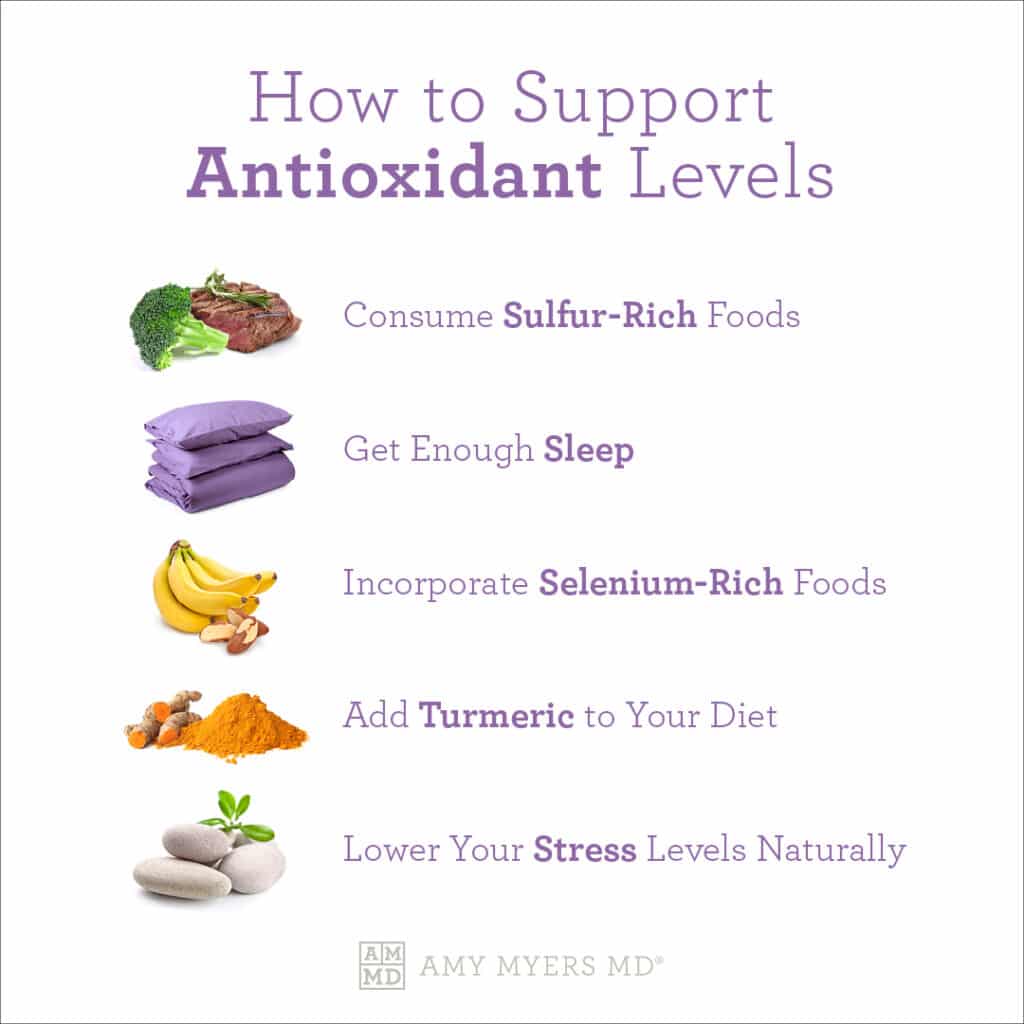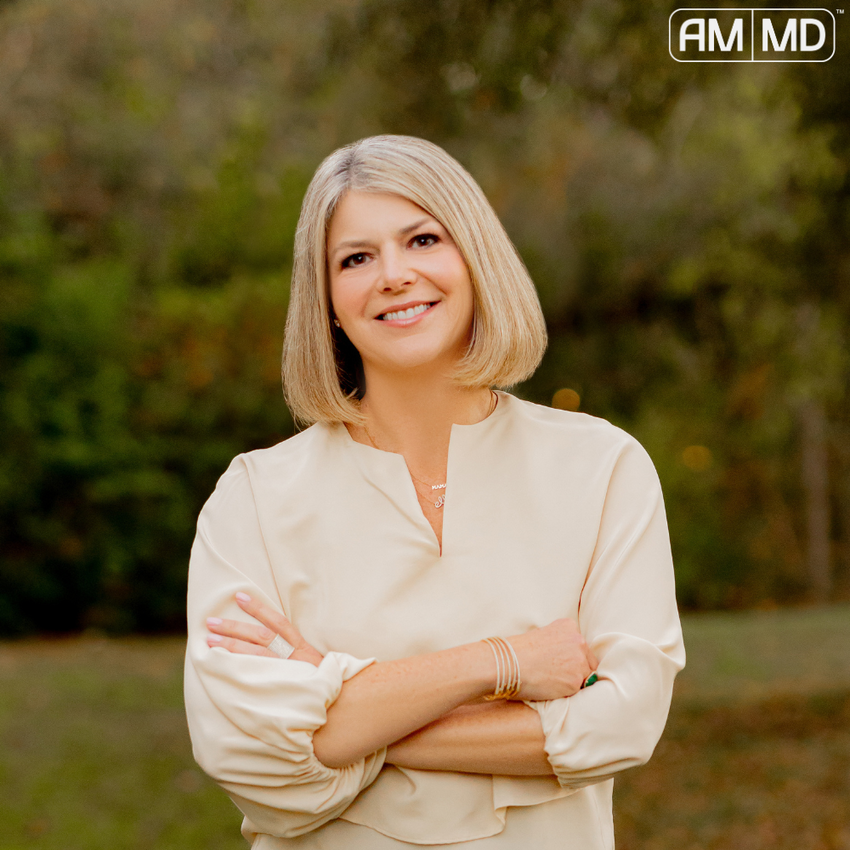Your body does so much to keep you safe and healthy behind the scenes! For example, it is constantly fighting a battle against harmful oxidizing particles called free radicals. Free radicals are often mentioned in the news and health articles… however, do you really know what they are? Or how to fight them?
Free radicals can come from our food, medications, the air we breath, or the water we drink. Free radicals are sometimes byproducts of chemical processes such as genetic modification or come from the packaging of the products we use. They can even come from natural processes such as when our bodies break down the food we eat.
These microscopic menaces are everywhere and can cause extensive inflammation in our bodies, potentially even leading to debilitating chronic illness. The good news is there is a powerful free radical fighter called astaxanthin that neutralizes these particles and supports cardiovascular and immune health by modulating inflammation caused by oxidative damage.
I will discuss astaxanthin and how you can reap the benefits of this powerful free radical fighter later. First, I will tell you what free radicals are, where they come from, and how free radicals create something called oxidative stress.
What are Free Radicals?
Remember high school chemistry? No? Well here’s a refresher. Everything, including the cells in our bodies, are made up of atoms that contain a nucleus made up of protons and neutrons. That nucleus is surrounded by constantly moving electrons, which are typically attached to atoms in pairs.
When atoms have the required number of electrons, they are stable. When an atom has an odd number of electrons, it goes on the hunt for a spare electron throughout your body. In an attempt to replace the missing electron and become stable. The molecules that are missing an electron become free radicals that try and steal electrons from healthy cells and damage them.
Think of these damaged cells, or free radicals, as rusty particles traveling through your bloodstream and causing inflammation. This is known as oxidative stress. I will talk more about oxidative stress later, however it’s important to understand that not all free radicals are bad for you.
Our bodies often produce free radicals during the digestive process when it turns nutrients into energy.1 In small amounts, free radicals serve important functions such as detoxification and healing wounds. They also support the heart when it’s under stress. However, too much of a good thing can be bad. Chronic stress can lead to increased levels of free radicals that create oxidative stress, which can lead to heart disease. That’s why it’s important to find ways to relieve your stress naturally.
What is Oxidative Stress?
When you think of oxidative stress, picture jagged rusted particles (free radicals) floating around in your blood, bouncing against the vessel walls, tearing them up, and triggering a cascade of inflammation.
Oxidative stress occurs when there’s an imbalance of antioxidants and free radicals. As I mentioned, free radicals are atoms looking for a spare electron to meet the requirement of having pairs of electrons. Antioxidants supply free radicals with the electron they need to prevent damage to healthy cells.
When there are more free radicals than antioxidants, the free radicals can start doing damage to cells, proteins, and your DNA. This damage over a long period of time can lead to numerous diseases such as diabetes, high blood pressure, heart disease, Alzheimers and cancer.2
Your body produces antioxidants through its own chemical processes. You can also get antioxidants from your diet. Ideally, your body will have plenty of antioxidants such as vitamin E, vitamin C, beta carotene, and selenium, which can all donate electrons to the unstable free radicals, stabilizing them and neutralizing their threat.3
However, exposure to toxins, poor diet, smoking, elevated blood sugar, chronic stress, and many other inflammatory triggers can all signal to your body to produce more free radicals. If you are deficient in these antioxidant nutrients and your free radical production is in overdrive, this can create an imbalance.
One way you can combat this oxidative damage is to reduce free radicals in your body. In order to fight free radicals, you need to know where they come from.
Sources of Free Radicals
One of the primary sources of free radicals is the food you eat. Specifically, fried foods and alcohol.4 If you’re following The Myers Way® you are already one step ahead. Eliminating toxic foods to heal your gut is the first pillar of The Myers Way®.
Toxins from smoking or radiation from x-rays can expose you to free radicals. Pesticides, environmental pollutants, some household cleaners, and certain medications – such as those used for treating cancer – are also sources of free radicals.56 Limiting your exposure to toxins as much as possible is key. Make sure you know what to look for in your cleaning products and beauty care, and if you’re still smoking – stop! If you need help quitting use the resources at the CDC or American Heart Association. Drink water from glass or stainless steel containers to avoid the toxins and free radicals in cheap plastic bottles. Another great way to limit exposure to free radicals is to filter your water with an Aquasana water filter and use HEPA air filters in your home.
It might surprise you to learn that exercise can also be a source of free radicals in your body. It’s true that exercise is good for you, and a great way to relieve stress, lower your blood pressure, and lose weight.7
However, taking a long break from exercising, or getting away from a regular exercise routine, and starting back up can cause oxidative stress, which can lead to damage to your cardiovascular system. I recommend establishing a regular exercise routine. Workout at the same time every day for at least 30 minutes and find something that you enjoy doing so you’ll stick with it. I always enjoy a great yoga session or taking walks with my family.
Let’s discuss how antioxidants prevent cellular damage from free radicals.

What are Antioxidants?
As mentioned earlier, free radicals are chemical compounds that are missing an electron. They travel through the body causing damage to healthy cells in search of a spare electron. Antioxidants are molecules that fight these scavengers by lending them an electron. This process neutralizes the free radical and stops it from causing more damage in your body.8
The term antioxidant refers to a chemical property rather than a nutritional property. So what exactly does that mean? Let me explain.
Your body produces its own antioxidants to fight free radicals. However, the natural production of antioxidants can be slowed as a result of autoimmune disease, medications, stress, trauma, aging, infections, a poor diet, pollution, and radiation. Some of these factors are uncontrollable, such as aging and our environment, while others are factors you can control.
Your diet and lifestyle plays an important role in ensuring you have enough antioxidants to fight free radicals. Fruits, vegetables and other plant-based whole foods are rich in antioxidants. Vitamins E and C are among the most effective antioxidants.9
Here are some ways you can support antioxidant levels:
- Consume sulfur-rich foods: Dietary proteins such as grass-fed beef, fish, and poultry or cruciferous vegetables such as cauliflower, brussel sprouts, and broccoli have sulfur-containing amino acids methionine and cysteine that can support your production of free radical fighter, glutathione.
- Get enough sleep: Sleep is a vital part of daytime cognitive function, and can even play a part in detoxifying your body.
- Incorporate selenium-rich foods: Selenium is a glutathione cofactor, and is needed in all glutathione activity. Foods such as brazil nuts, fish, sunflower seeds, and bananas are all selenium-containing.
- Add turmeric to your diet: You can take turmeric as a supplement or add it as a spice when you cook. This vibrant herb contains the powerful free radical fighter, curcumin, which has been shown to naturally increase glutathione levels.10
- Lower your stress levels naturally: Stress isn’t just a feeling, it’s a physical response that can lead to hormonal imbalances including the antioxidant/free radical imbalance that creates oxidative stress. No one can avoid stress completely, so learning to relieve it by finding a relaxing activity, being outdoors, exercising, or listening to music can help keep your body balanced.
Now let’s talk about a potent, free-radical fighter you may not have heard of called astaxanthin.
Astaxanthin and Free Radicals
Astaxanthin (pronounced a-stə-ˈzan-thən) is a naturally occurring chemical called a carotenoid found in a special type of algae. It was first isolated in 1983. This algae is one of salmon’s favorite foods and gives the fish its distinctive pink color. In fact, it’s often fed to farmed salmon to give them a stronger pink coloring.
However, astaxanthin has a lot more going for it than just a pretty color. Astaxanthin is often called the “King Carotenoid” because its ability as a free-radical scavenger is greater than all the other carotenoids.
Astaxanthin supplements promote the youthful appearance of skin by neutralizing free radicals. It also supports cardiovascular and immune health by modulating inflammation caused by oxidative damage.
Benefits of Astaxanthin
Aside from being a powerful free-radical fighter, astaxanthin also supports optimal cell function. Here are five benefits of astaxanthin:
- Benefits optimal cell function: Astaxanthin is unique among the carotenoids because of its structure, which allows it to filter into every type of cell where it can lend its electrons to stabilize free radicals. One end of the molecule protects the fat-soluble part of cells. The other protects the water-soluble part of cells.
- Supports vision and eye health: You probably grew up hearing that carrots are good for your eyes. Multiple studies have shown astaxanthin supports optimal vision and eye health.11
- Promotes a youthful skin appearance: Your skin is your body’s largest organ and your first line of defense against invaders and damaging ultraviolet light rays. Keeping your skin in great shape is an integral part of achieving optimal health. Astaxanthin promotes the youthful appearance of skin by neutralizing free radicals that prematurely age you.
- Optimizes muscle recovery: Athletes love astaxanthin because it supports healthy muscle function. It can support your body’s recovery process after exercise and suffering muscle damage, and it is even known to help optimize strength and endurance.12
- Supports optimal heart health: Astaxanthin supports a healthy immune system response and cardiovascular health. In several studies, astaxanthin lowered oxidative stress and reduced damage from free radicals.
My physician-formulated Astaxanthin is gluten-free, dairy-free, and non-GMO. This bioavailable formula is an excellent choice for supporting healthy immune function by modulating inflammation caused by oxidative stress.
It also works like nothing else in nature to neutralize the free radicals that can lead to cell oxidation. It’s especially great for those who spend time in the sun because of its ability to support the skin’s health in response to UV light.
When you combine this potent free-radical fighter with plenty of sleep, a diet rich in antioxidants, exercise, and natural stress relievers, you’re giving your body its strongest weapons against free radical scavengers.

















Leave a Comment